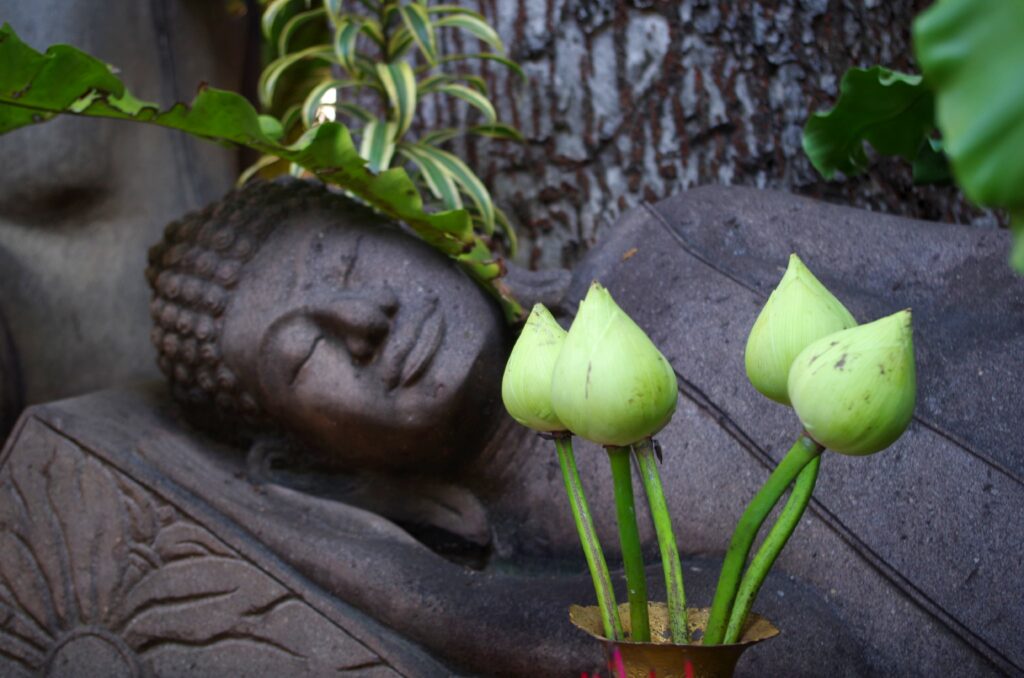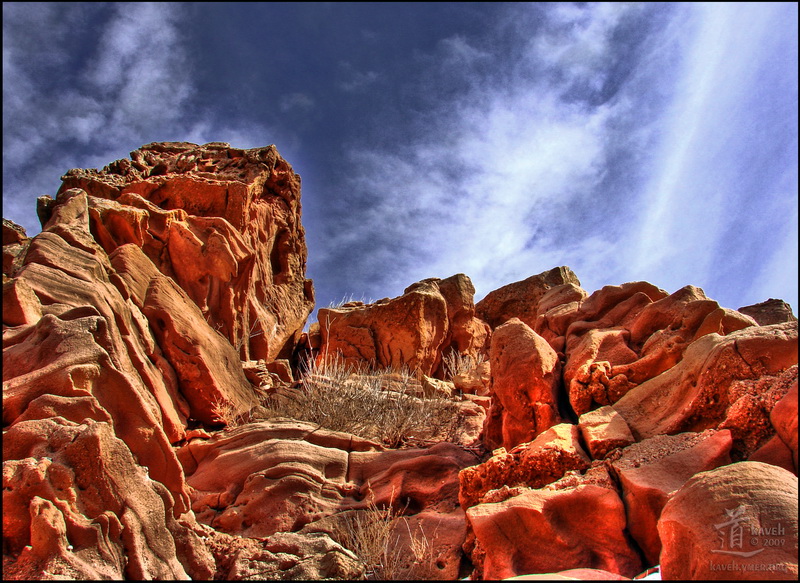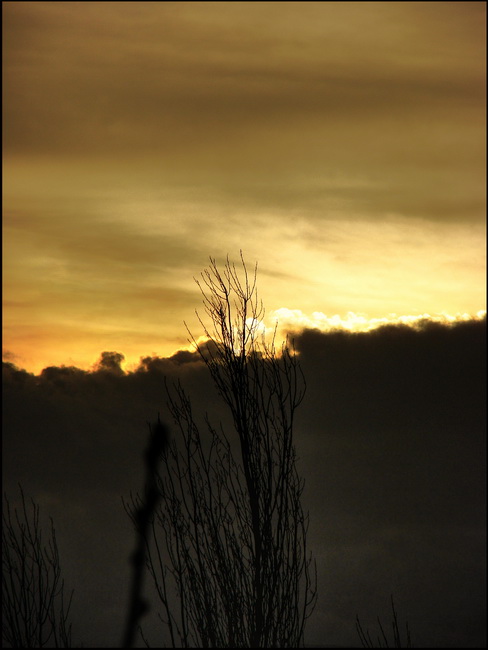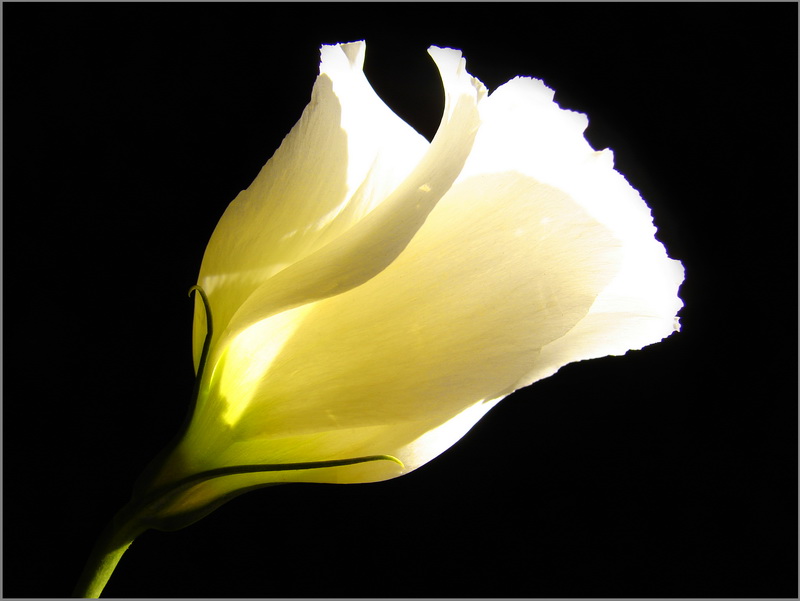

Hope’n Life…
Hope is Life & Life is Hope…
Seek not to add years to your life, add life to your years…

Hope is Life & Life is Hope…
Seek not to add years to your life, add life to your years…

Patience alone can’t describe all the characteristics and deep meanings associated with the Turtle, however if the word Patience is analyzed in more depth, it will reveal a lot of the relative concepts which either they relies on it or completes their true meanings…
Turtle is a symbol of steadfastness and tranquility in religion, mythology, and folklore from around the world. A tortoise’s longevity is suggested by its long lifespan and its shell, which was thought to protect it from any foe. In the creation myths of several cultures, the turtle or tortoise carries the world upon its back or supports the heavens. In Chinese tradition the creator goddess Nu Gua cuts the legs off a sea turtle and uses them to prop up the sky after Gong Gong destroys the mountain that had supported the sky. The flat undershell and round domed upper shell of a turtle resembles the ancient Chinese idea of a flat earth and round domed sky. The World Turtle carries the Earth upon its back in myths from North America. In Cheyenne tradition, the great creator spirit Maheo kneads some mud he takes from a coot’s beak until it expands so much that only Old Grandmother Turtle can support it on her back. In Mohawk tradition, the trembling or shaking of the Earth is thought of as a sign that the World Turtle is stretching beneath the great weight that she carries.
In a story from Admiralty Island, people are born from eggs laid by the World Turtle. There are many similar creation stories throughout Polynesia. Turtles and tortoises are incorporated into many religious traditions and mythologies around the world. In ancient Mesopotamia, the turtle was associated with the god Ea and was used on kudurrus as a symbol of Ea. Ijapa the tortoise is a trickster in a cycle of tales told by the Yoruba of Africa. In Hindu mythology the world is thought to rest on the backs of four elephants, who stand on the shell of a turtle. In Hinduism, Akupara is a tortoise who carries the world on his back. It upholds the Earth and the sea. One avatar of Vishnu is said to be the giant turtle Kurma. The Sri Kurmam Temple in Andhra Pradesh, India is dedicated to the Kurma-avatar.
In China, the tortoise is one of the “Four Fabulous Animals”, the most prominent beasts of China. It is of the water element. The other animals are the tiger, phoenix, and dragon. These animals govern the four points of the compass, with the Black Tortoise the ruler of the north, symbolizing endurance, strength, and longevity. Along with the Tiger, they are the only two of the four that is a real animal.
Patience requires Stillness and inner-tranquility… it needs a state of total prejudicelessness… a mind without any preoccupations about anything… so that it wouldn’t judge and decide hastily… and many other things… I may add more through time… but all of these elements have a close relation with each other in that they both need and feed each other…
You can find a lot of information on the Internet about the symbolism of Turtle in Mythology, Religion and various cultures…
You can read more about Tortoises, in I-Ching and Magic Squares

The archeological site of Takht-e Soleymān in north-western Iran, near the town of Takab.
This is a general view of the site with the lake in the foreground and the remains and ruins of Eyvan-e Khosro and northern-remains in the background…

When there is no desire,
all things are at peace…
Calmness in victory. Tranquility in defeat. Serenity when confronted by the inevitability of suffering. The sage does not rely on externals to provide him with spiritual strength, for he knows: dependence on external factors – such as status, wealth, popularity, hedonism, success, knowledge and relationships – is the reason why modern man crumples so easily in the face of defeat, failure or loss.
The sage is indifferent to success or failure. He understands that life driven by self-centered ambition will never make sense, no matter how successful you are or with how many positive externals you care to adorn it.
Life itself acquires meaning only when you satisfy your spiritual needs by living in total harmony with the Tao.

we are differnet
but we are the same,
we are two…
but we are one,
we are far
but we have the same Roots…
———
I love this Tree… and I feel indebted to it… It has taught many things to me…
It is really fascinating to see that above the ground what seems to the observer as two different tree bodies are one and the same Tree sharing the same roots beneath the ground… Even though they may look like two separate trees they have and depend on the same root system…

Understanding the whole
The Master views the parts with compassion, because he understands the whole. His constant practice is humility. He doesn’t glitter like a jewel but lets himself be shaped by the Tao, as rugged and common as stone.
(Tao Te Ching, Chapter 39)
Wisdom, i.e. true understanding of the whole, is essential to compassion. It is only when you have a picture of the whole that you can understand the individual.
It is clear, isn’t it? It is easy to condemn a person if you do not understand the circumstances which led to the person’s acting in an “unforgivable” way. The moment you get a more comprehensive perspective, and you understand the background and circumstances, you can forgive, or at least act in a constructive way. Even the most despicable criminal becomes human if you can place him or her in a broader framework.
What the passage clearly shows is that humility is a natural product of true understanding. The moment you understand the whole, you realize that you are not better than a person who has fallen by the wayside. Looking down on others is a sign of ignorance. You might even come to the conclusion that you might have acted worse if you had been in the same circumstances as that person.
In some countries, many people are so poor that they are sometimes forced to steal to stay alive. I have often seen people in a country of chronic unemployment who would rather beg than steal. It is easy to look down on the beggar for begging, but wouldn’t you have done worse in the same circumstances? I have seen infinitely poor people smile at me without a sign of hatred, even though I represent everything they will never have. Would we smile at them and be without hatred if we were barefooted and in their ragged clothes?
When I see this nobility in suffering, I feel humbled, and the last thing I would like to do is “glitter like a jewel”, i.e. shine in my affluence. The true sage is truly like a “rugged stone”: his compassion forbids him to be anything else.

Searching for
paradise lost
is futile,
for it has never left you.
It is the fiction of our minds
that condemns us
to hell.
And It is the Reality of Emptiness
that Liberates us.
Break the illusion
and return to emptiness,
and Silence
will Show you
where you have always,
yet never been.
———
It’s a piece of a broken Pyrex dish… it’s interesting how Pyrex glass cracks into pieces without breaking apart…

After the end
and before the beginning,
we searched across the silent wastes…
From horizon to horizon,
we saw only
emptiness,
and we knew:
we had always been,
we had never existed…

A Light in the Darkness / Ein Licht in der Dunkelheit
“Take a piece of glass, paint colours and forms on it, and put the same into a magic lantern, turn on a little light, and the colours and the forms painted on the glass are reproduced on the screen. If that light were not turned on, you would not see the colours of the slide on the screen.
“How are colours formed? By breaking up white light with a many-sided prism. So it is with a man’s character. It is seen when the Light of Life (God) is shining through it, i.e. in a man’s actions. If the man is sleeping or dead, you do not see his character. Only when the Light of Life is animating the character and causing it to act in a thousand different ways, in response to its contact with this many-sided world, can you perceive a man’s character. If white light had not been broken up and put into forms and shapes on our magic lantern slide, we should never have known that there was a piece of glass in front of the light, for the light would have shone clearly through. In a sense that white light was marred, and had some of its clearness taken from it by having to shine through the colours on the glass.
“So it is with an ordinary man. His mind is like the screen. On it shines light, dulled and changed because he has allowed the many-sided world to stand in the way of the Light (God) and broken it up. He sees only the effects of the Light (God) instead of the Light (God) Himself, and his mind reflects the effects he sees just as the screen reflects the colours on the glass. Take away the prism and the colours vanish, absorbed back into the white light from whence they came. Take away the colours from the slide and the light shines clearly through. Take away from our sight the world of effects we see, and let us look only into the cause, and we shall see the Light (God).
“A Master in meditation, though the eyes and ears be open, fixes his attention so firmly on ‘That which sees’ that he neither sees nor hears, nor has any physical consciousness at all — nor mental either, but only spiritual.
“We must take away the world, which causes our doubts, which clouds our mind, and the light of God will shine clearly through. How is the world taken away? When, for example, instead of seeing a man you see and say, ‘This is God animating a body’, which body answers, more or less perfectly, to the directions of God, as a ship answers more or less perfectly to her helm.
———
A passage taken from the book “Ramana Maharshi and The Path of Self Knowledge”, by ARTHUR OSBORNE, from a letter written to a friend in London by F. H. Humphreys and published by her in the International Psychic Gazette, London.